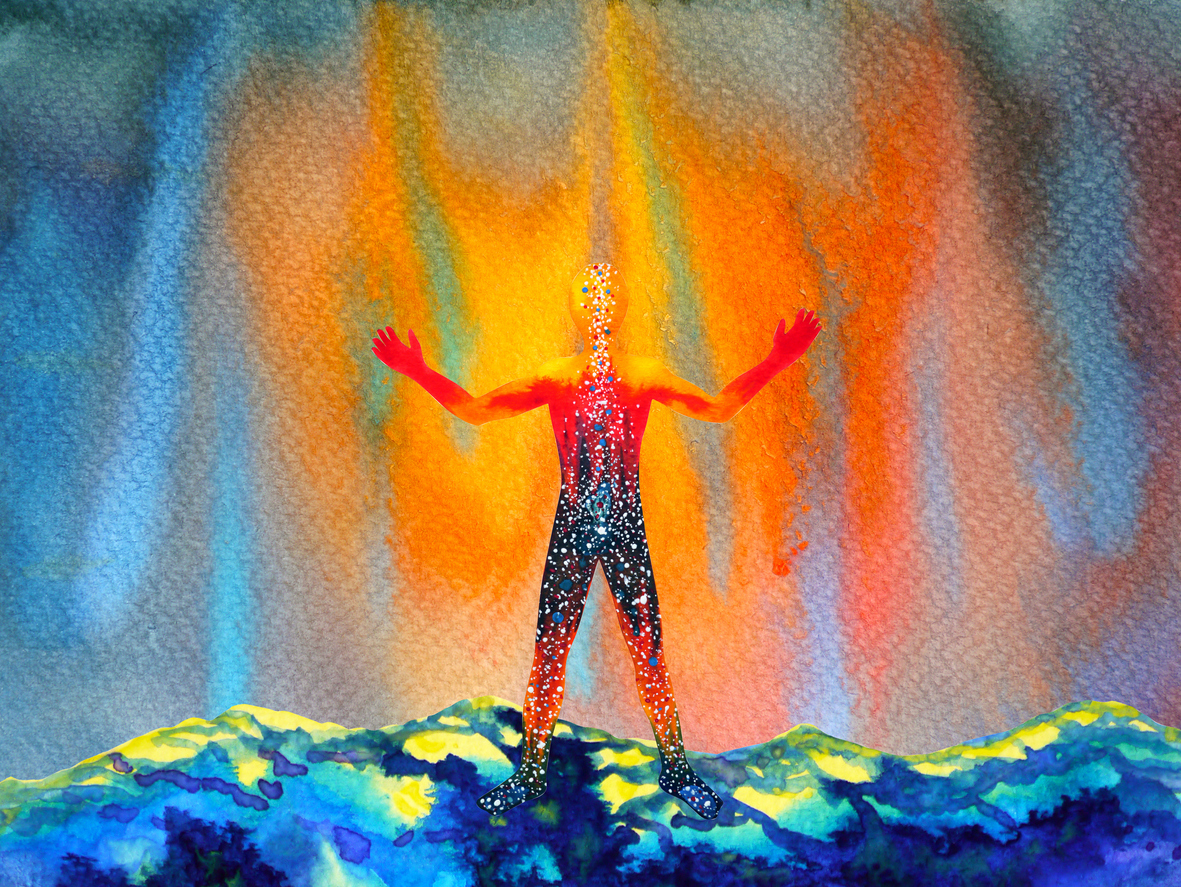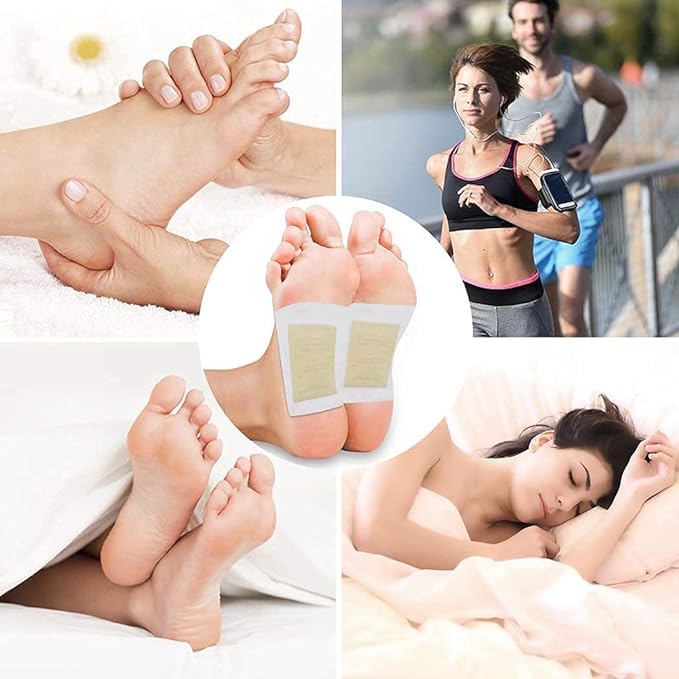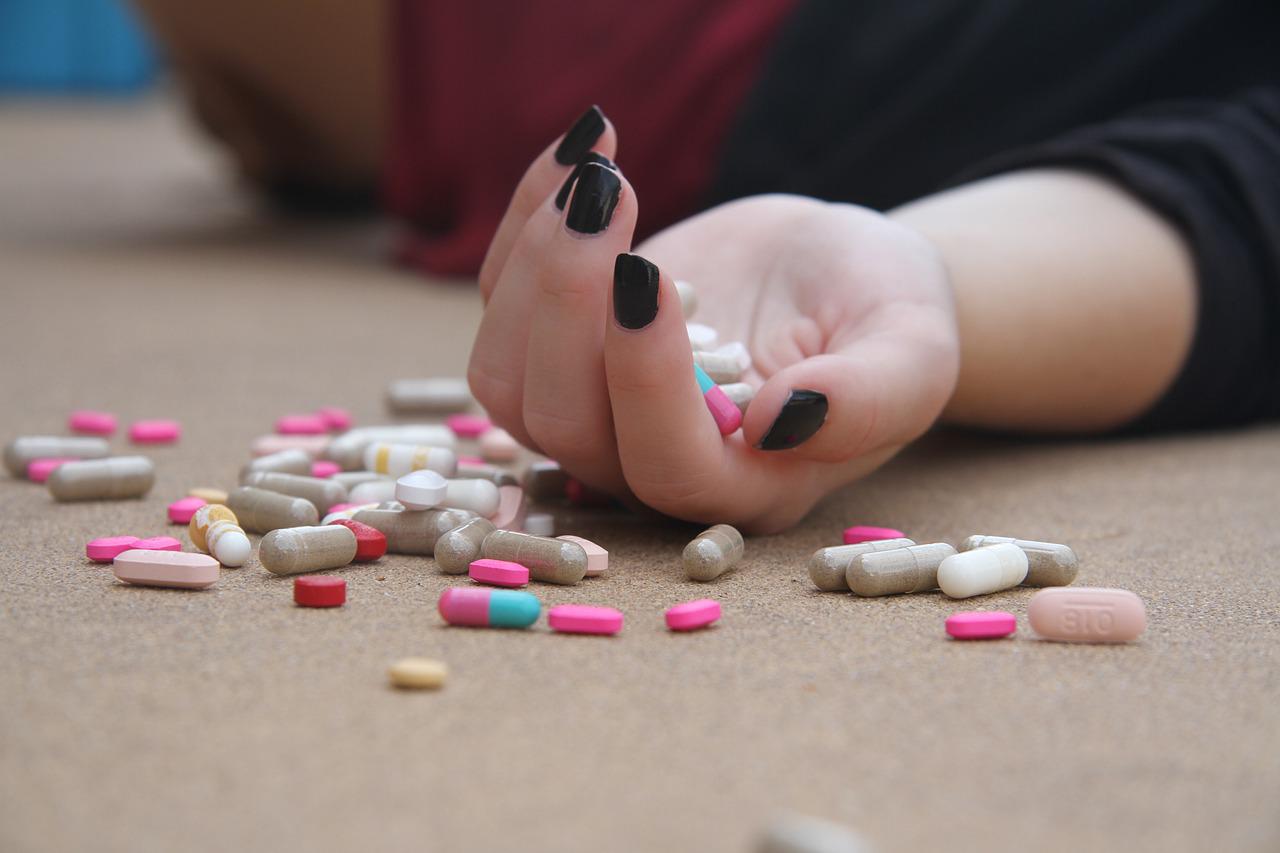If you’re looking for natural remedies to deal with anxiety and depression, you may opt for color therapy, also called chromotherapy. This holistic healing practice uses different colors and light to enhance emotional, spiritual, social, and mental well-being.
How does color therapy work?
It is based on the idea that each color has a unique energy and vibration that can greatly impact our mood, emotions, and general well-being.
Color therapists employ diverse and compelling methods, such as colored light exposure, suggesting clothing of unique hues, or envisioning colors during meditation to create balance and harmony in the body, mind, and spirit. By incorporating color therapy into your lifestyle, you can optimize its potential benefits and enhance your overall well-being.
Discover the fascinating influence of colors on our mood
Colors possess the incredible ability to deeply impact our emotions, making them a significant factor to consider when addressing anxiety and depression through color treatment.

Each color has the power to evoke distinct feelings and emotions, making it crucial to understand their effects. For instance, warm colors like red and orange often elicit energy, passion, and excitement, while cool colors like blue and green are renowned for their calming and soothing effects. Incorporating these colors into your surroundings or daily routines can cultivate a more positive atmosphere that enhances your emotional well-being.
The Ancient Roots of Color Therapy
Color therapy, known as chromotherapy, has roots that stretch back centuries to ancient India. In Ayurveda, the traditional Indian system of medicine, specific colors are believed to possess unique healing properties that can harmonize the body, mind, and spirit. By utilizing these colors, individuals can achieve balance and restore overall well-being.
Egyptians believed different colors held energetic properties and used them extensively daily. For example, they adorned their temples with colors that symbolized various deities and wore brightly colored clothing to evoke different emotions or attributes. The sun, too, was highly honored as a source of healing, and they would harness its rays to promote well-being.
Research on color therapy
Edwin Babbitt and Dinshah Ghadiali were devoted researchers who researched exclusively on light and color principles to establish complete color healing systems. Their groundbreaking work revolutionized therapy awareness and laid the groundwork for new practices.
Clinical studies have shown that cognitive-behavioral therapy (CBT) can effectively treat depression. A commonly used online therapy, CBT with color therapy may be an effective combination for relieving symptoms of depression. The same clinical studies show that light therapy and combined cognitive-behavioral and light therapy can promote mental health outcomes.
Regardless of the technique, color healing is a powerful tool for promoting overall well-being, allowing us to tap into our unique relationship with color. When we understand how different colors alter our emotional and physical health, we may employ these techniques to bring balance and harmony back into our lives.
Other benefits of color therapy
Researchers assert that color therapy may have a great impact on various health conditions, including aggressive/hostile behavior, asthma, attention-deficit hyperactivity disorder, blood pressure, bronchitis, dyslexia, learning disabilities, enhanced athletic performance, epilepsy, insomnia, lethargy, lung cancer, migraine, muscle relaxation, prison reform, stress, uterine fibroids, and vision disorders. However, there is no conclusive evidence to support these claims.”
Ways to use color therapy
Environmental Design – Using color in your environment to stimulate or calm someone’s nervous system and/or responses (e.g. wall paint, bedding, rugs, furniture, etc.)
Food: If you feel your chakras are out of balance or want to feel energized/relaxed, eat foods with colors according to your specific needs. For example, a yellow banana can give you energy, or a cup of green tea can heal and nurture your heart.
Color Yoga – Combines color concentration with chakra opening poses.
Each color has a unique frequency that it employs to target certain emotions, ideas, and bodily regions. By examining these vibrations and fusing them with yoga postures, color yoga encourages practitioners to employ all their senses, sharpening their attention and increasing awareness of their own energy.
Some advantages of color yoga include the following:
• Mind and body-balancing and calming
• Controls the body’s energy flow.
• Enhances bodily mobility, especially in the joints and hips
• Reduces Stress levels
• More endurance
• Sparks Imagination
• Enhances attention
• Deeper unwinding
• Excellent stress and anxiety management
• Increases efficiency
• Boosts happiness and serotonin synthesis.
Color puncture – Developed by German naturopath and acupuncturist Peter Mandel, who views the body and mind as a continuum that is constantly influenced by light. In color piercing, they applied colored light frequencies to “acupoints” on the skin. According to color-piercing experts, each color comprises different wavelengths that stimulate cell communication.
Crystals – Use different color crystals during meditation or place them with you to balance discordant chakras.
If you are just beginning to study chakras, this chart may be helpful as it will assist you to more clearly see each chakra and its associated color:
First Chakra: Root Chakra | Muladhara | Red
Second Chakra: Sacral Chakra | Svadhishthana | Orange
Third Chakra: Solar Plexus Chakra | Yellow
Fourth Chakra: Heart Chakra| Anahata| Green
Fifth Chakra: Throat Chakra; Vishuddha: Light Blue/Turquoise;
Sixth Chakra: Third Eye Chakra Ajna: Indigo
Seventh Chakra: Crown Chakra Sahasrara: Violet




